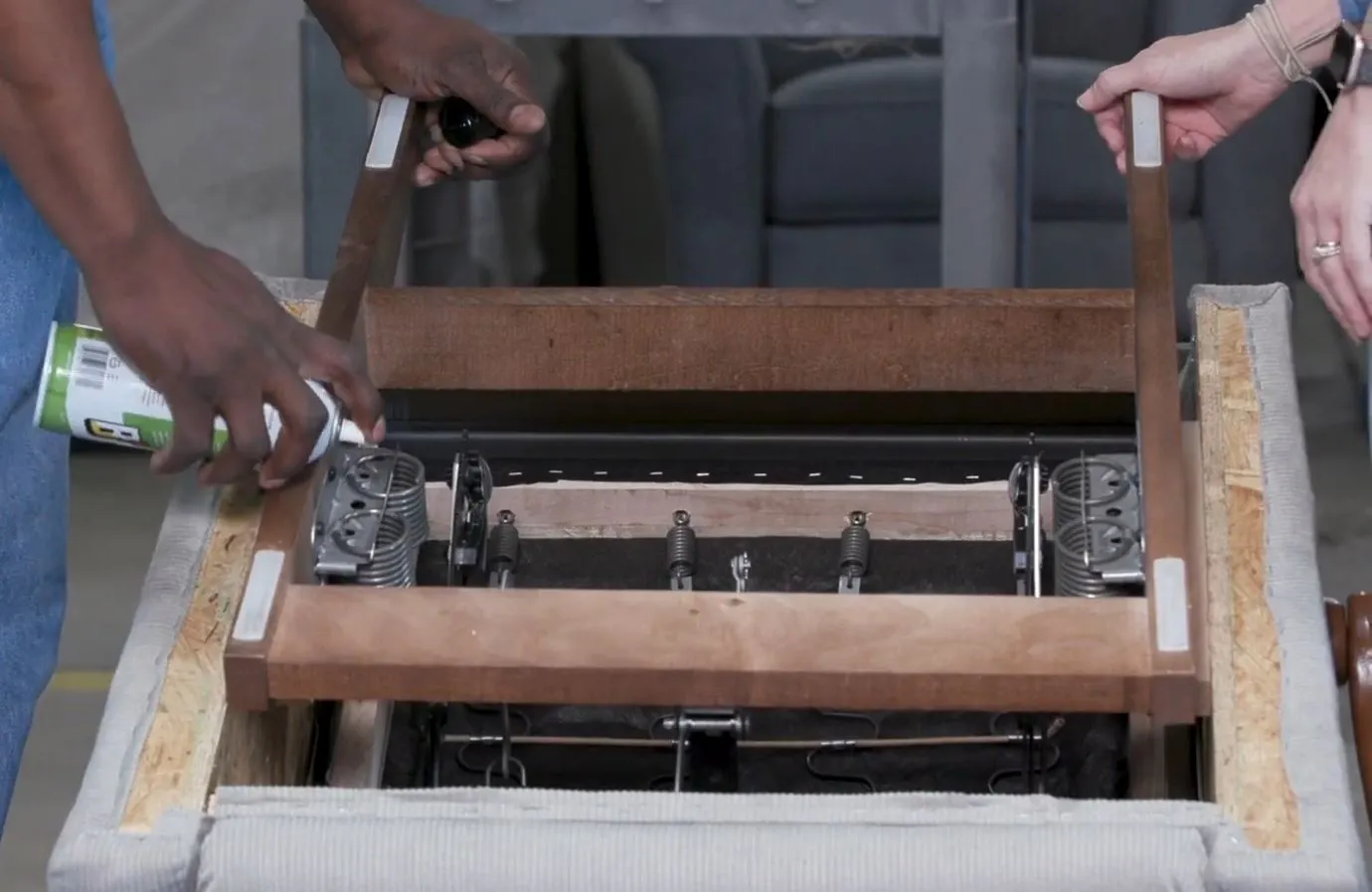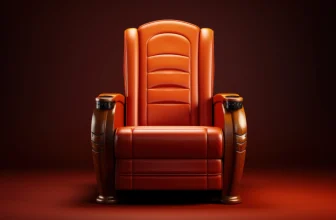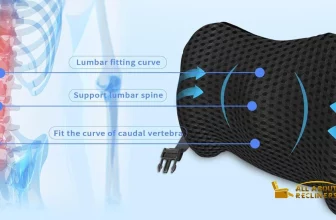How to Fix a Squeaky Recliner – Step-by-Step Guide

Key Takeaways
- A squeaky recliner is usually caused by friction between moving parts, loose screws, or worn mechanisms.
- Fixing it improves comfort, longevity, and enjoyment of your recliner.
- Basic tools like screwdrivers, pliers, and lubricants are typically sufficient for repair.
- Regular maintenance prevents recurring squeaks.
To fix a squeaky recliner, inspect the chair for loose screws, bolts, or worn springs, then tighten or replace them. Lubricate moving parts with a silicone-based spray, and check for worn joints or hinges. Testing the recliner after each adjustment ensures smooth, squeak-free operation.
Introduction
A squeaky recliner can be annoying and disruptive, turning relaxation into frustration.
Most squeaks are caused by friction in the reclining mechanism, loose hardware, or worn joints, and they can often be fixed without professional help.
This guide explains how to identify and repair squeaks, helping you enjoy a quiet, comfortable recliner again.
Read Also: How To Repair A Recliner
Step 1: Identify the Source
- Sit on the recliner and operate the footrest and backrest to pinpoint where the squeak originates.
- Listen for squeaks from:
- Hinges and joints
- Springs and metal rods
- Armrests and base connections
Tip: Have a helper operate the recliner while you listen for squeaks to pinpoint the exact source.
Step 2: Tighten Screws and Bolts
- Check all screws, bolts, and brackets holding the frame and mechanism together.
- Use a screwdriver or wrench to tighten loose hardware.
- Loose connections are a common cause of squeaks.
Step 3: Lubricate Moving Parts
- Apply a silicone-based lubricant to:
- Hinges
- Springs
- Metal rods and joints
- Avoid oil-based lubricants that can stain fabric or attract dust.
- Move the recliner back and forth to distribute lubricant evenly.
Tip: Lubricating regularly can prevent future squeaks.
Read Also: How To Clean Your Recliner
Step 4: Check Springs and Mechanism
- Inspect the springs, recliner rods, and footrest linkage for wear or misalignment.
- Replace bent or worn springs with manufacturer-approved parts.
- Ensure rods and levers are aligned properly and connected securely.
Step 5: Inspect the Base and Floor Contact
- Sometimes squeaks come from contact between the recliner base and the floor.
- Place a rug or felt pads under chair legs to absorb friction.
- Ensure the floor is clean and free from grit or debris that could cause noise.
Step 6: Test the Recliner
- Slowly operate the footrest and backrest to ensure all squeaks are resolved.
- Sit and shift weight slightly to check for any remaining noise.
- Repeat lubrication or tightening if necessary.
Tools You Might Need
- Screwdrivers (flathead and Phillips)
- Wrenches or pliers
- Silicone-based lubricant spray
- Soft cloths or paper towels
- Replacement springs or rods (if necessary)
Do’s and Don’ts for Fixing a Squeaky Recliner
| Do’s | Don’ts |
|---|---|
| Identify the exact squeak source | Force the mechanism without inspection |
| Tighten all loose screws and bolts | Use oil that stains fabric |
| Lubricate hinges and joints | Ignore worn or damaged springs |
| Test recliner after each fix | Sit on a squeaky recliner without checking |
| Use manufacturer-approved replacement parts | Apply excessive lubricant to upholstery |
Conclusion
A squeaky recliner can ruin the relaxation experience, but most problems are easy to fix at home.
By tightening hardware, lubricating moving parts, and checking springs, you can restore smooth, quiet operation, making your recliner comfortable and enjoyable again.
Frequently Asked Questions
Squeaks are usually caused by loose screws, friction in moving parts, or worn springs.
Yes. Most squeaks can be resolved with basic tools and lubrication.
Use silicone-based lubricant, which is safe for metal and won’t stain fabric.
Every 6–12 months or whenever you notice squeaking.
Check for bent rods, misaligned hinges, or broken springs and replace parts as needed.
Summary
Fixing a squeaky recliner involves identifying the source, tightening hardware, lubricating moving parts, and replacing worn components.
Following these steps ensures your recliner operates quietly, smoothly, and comfortably, restoring the relaxing experience it was designed to provide.






